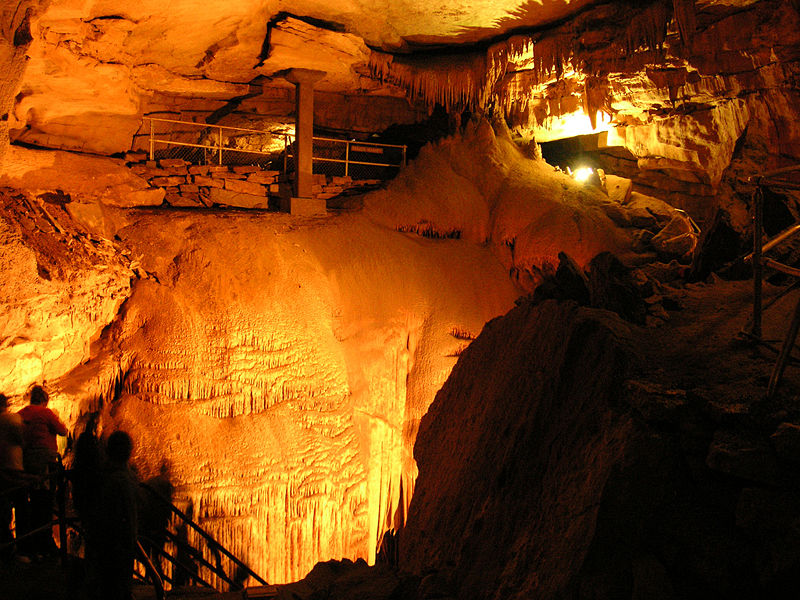Fingal’s Cave Facts
- Perhaps most notably, the incredibly stunning Fingal’s Cave represents one of the true natural wonders of the entire world. The magnificent site perfectly exemplifies the aura of mystery and magic so frequently associated with the country of Scotland.
- The seemingly magical site additionally holds other appeals to many individuals fortunate enough to behold it, as well. That’s due to the fact that this particular formation remains a staggering marvel of geology unlike any existing anywhere else.
- Amazingly, the awesome wonder of Nature formed over a great period of time as a mind-boggling example of what science calls a sea-cave. This truly impressive formation further occurred on the uninhabited island known as Staffs (Staffordshire).
- The natural wonders don’t stop there, however. That’s because, this isolated location, itself a very beautiful site, also forms part of the Inner Hebrides. The amazing Fingal’s Cave actually naturally formed entirely from jointed hexagonal basalt columns.
- The remarkable feature also contains yet another marvel. It perpetually remains partially filled by the sea. The amazingly unique structure of the many columns also formed long ago. This formation occurred as a result of rapidly cooling lava flows.
Related Articles
Fingal’s Cave Physical Description
The dazzling Fingal’s Cave clearly stands out from similar features around the world. That’s largely true given that it holds the bragging rights to many impressive features. For one, it possesses a rather large arched entrance, relative to its various other dimensions.
This, however, is followed immediately by a much narrower passage into the rest of the chamber. Here, Nature continues to parade the many wonders. The chamber has a comparatively large entrance that measures a truly impressive 66 ft ( 20 m) in height.
Yet, its astonishing entrance does not even begin to represent the only remarkable feature to be found in this location. That’s because the ethereal natural cave itself possesses a width that measures about 40 ft (12 m). It’s truly a work of geological magic in many ways.
In addition to these already remarkable statistics, the floor of the cave continually remains covered in water to a depth of roughly 25 ft (7.6 m). Due to its dimensions, the marvel of Nature conceals within it yet another attraction. This one creates a hard to believe effect.
That holds true because of an unusual, naturally occuring sound pattern. That’s the echoes produced by the waves create a cathedral effect. This natural effect has been described as hauntingly beautiful by numerous visitors who have experienced amazing Fingal’s Cave.
Fingal’s Cave Formation and History
As incomprehensible as it may sound, the incredible Fingal’s Cave formed in the very distant past. More precisely, it formed entirely from a lava flow during the ancient Paleocene Era. The majority of experts also now believe it’s formation links to another wonder.
That’s due to the existence of evidence that indicates that the same flow that formed the remarkable hexagonal basalt columns here also formed another remarkable feature, the Giant’s Causeway. The highly uniquely shaped columns formed as the result of cracking.
That action occurred naturally during the cooling process itself, which itself took place over a great span of time. As these cooled, the cracks gradually extended, and formed the hexagonal columns seen in the cross-section. Later, these became eroded by wave action.
Due to its great distinctiveness, many consider the breathtaking Fingal’s Cave to be among the most memorable sights in Europe. The cave also now forms part of a National Nature Reserve. In fact, it’s one that locals named after the hero of an 18th-century poem.
Presently, it’s unclear to historians when local residents first discovered the cave. Much debate rages over this particular point. The location first came to the attention of the English-speaking world after being seen by renowned naturalist Sir Joseph Banks in 1772.
Features Sharing Its Region
Check out our other articles on Earth’s Many Mesmerizing Cephalopds, Crowned Eagle, Mount Erebus, Hawaiian White Hibiscus, Black Rain Frog, Iridescent Bark Mantis




